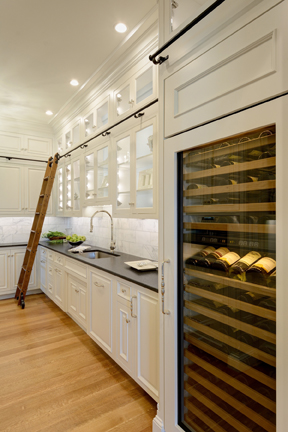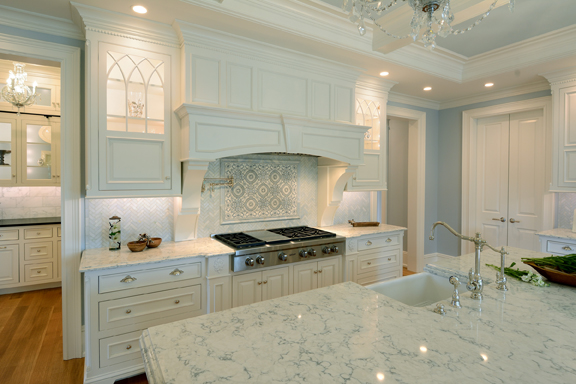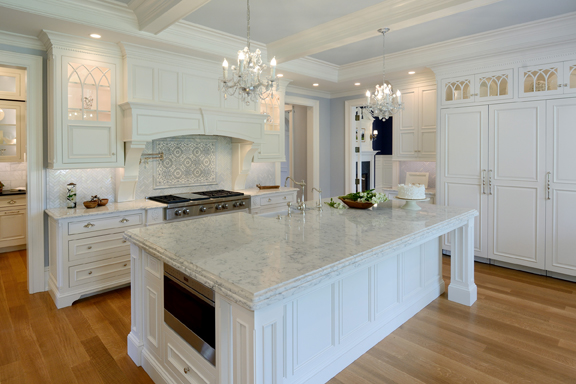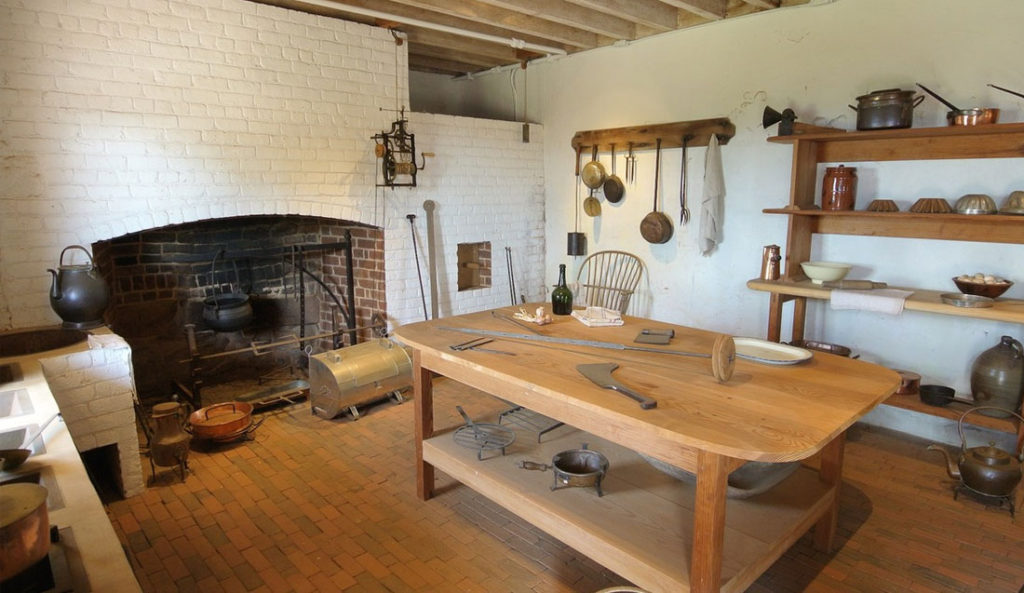Posted on the Clarke Living Blog
www.blog.clarkeliving.com
Jan 9, 2015
 From the time he took his domestic servant James Hemings to Paris in 1784 to learn French cookery, Thomas Jefferson made sure that his enslaved cooks were trained to prepare meals in the French manner. According to the official Monticello website dedicated to Jefferson’s iconic home, Hemings passed his skills on to his brother Peter, while servants Edith Fossett and Fanny Hern received years of training from a French chef in the President’s House at Washington. On Jefferson’s retirement in 1809, they returned to Monticello to find a new kitchen that replaced the old one in the cellar of the South Pavilion. The site of meal preparation was now a much larger space. And, instead of preparing all the food at an intensely-hot open hearth, Edith Fossett and Fanny Hern monitored soups and sauces simmering in copper pans on a built-in stew stove like the one they had used in the President’s House. Common in Europe, but relatively rare in the United States, this precursor of the kitchen range had charcoal fires in grated cast-iron openings and could be regulated more precisely than a roaring fireplace.
From the time he took his domestic servant James Hemings to Paris in 1784 to learn French cookery, Thomas Jefferson made sure that his enslaved cooks were trained to prepare meals in the French manner. According to the official Monticello website dedicated to Jefferson’s iconic home, Hemings passed his skills on to his brother Peter, while servants Edith Fossett and Fanny Hern received years of training from a French chef in the President’s House at Washington. On Jefferson’s retirement in 1809, they returned to Monticello to find a new kitchen that replaced the old one in the cellar of the South Pavilion. The site of meal preparation was now a much larger space. And, instead of preparing all the food at an intensely-hot open hearth, Edith Fossett and Fanny Hern monitored soups and sauces simmering in copper pans on a built-in stew stove like the one they had used in the President’s House. Common in Europe, but relatively rare in the United States, this precursor of the kitchen range had charcoal fires in grated cast-iron openings and could be regulated more precisely than a roaring fireplace.
 The Monticello replica also incorporates Waterstone Faucets in each section of the kitchen. These American-made faucets offer extraordinary design features and superior construction, all handcrafted in California. A Waterstone faucet and matching accessories also top the kitchen island, acting as a jewel on the quartz countertop that appears at first glance to be marble, but offers greater durability and requires much less care.
The Monticello replica also incorporates Waterstone Faucets in each section of the kitchen. These American-made faucets offer extraordinary design features and superior construction, all handcrafted in California. A Waterstone faucet and matching accessories also top the kitchen island, acting as a jewel on the quartz countertop that appears at first glance to be marble, but offers greater durability and requires much less care.
For more information on the appliances and faucets used in this project, contact Clarke at 800-842-5275.



